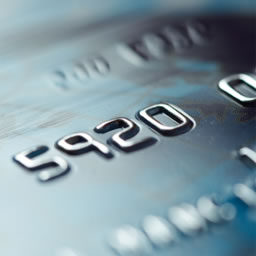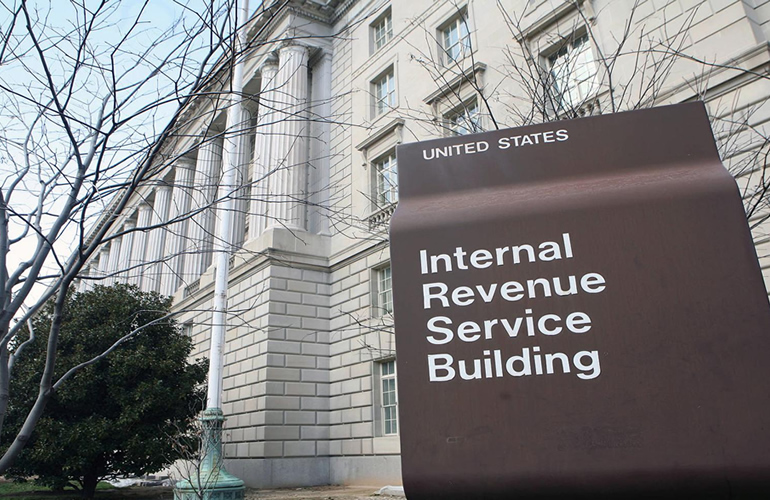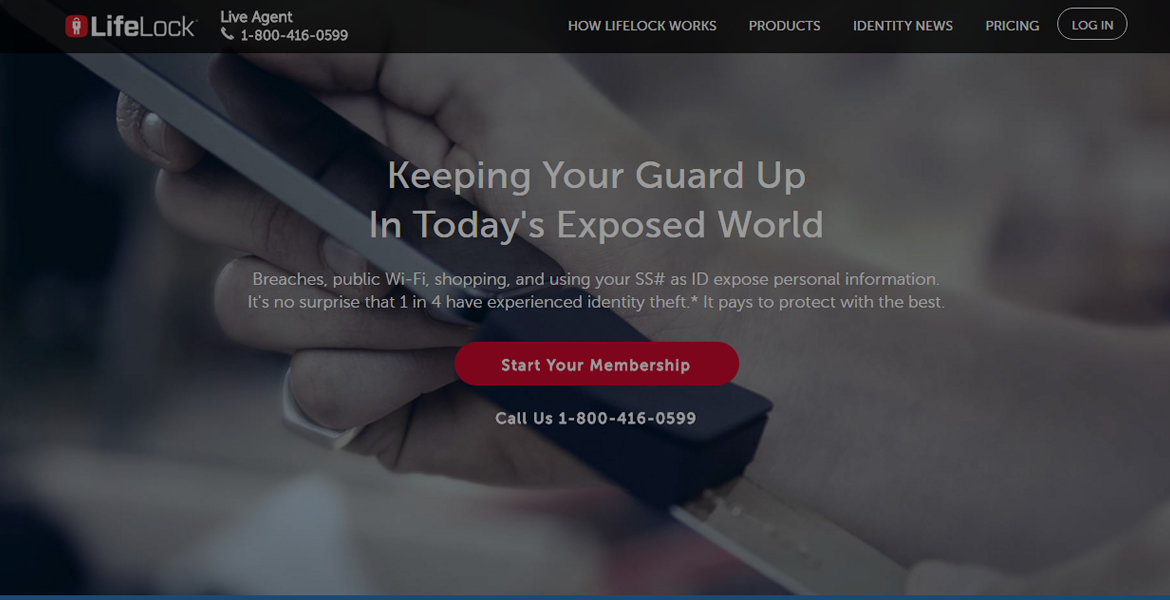A Penny Here, A Nickle There, And Pretty Soon You’re Talking A Few Million…
I’ve often thought about all the loose change people have in their sofas and in their cars. If I could figure out a way to grab just a piece of that from everyone, I’d have a million dollars. Well someone has…not legally but you’ve got to admire the brains behind this scam.
Basically the fraudsters set up what looked to be legitimate companies by using virtual offices to open up merchant accounts. Then they obtained stolen credit card numbers to charge between a few pennies to a few dollars, but never more than $10 to avoid alerting fraud prevention software. Here’s the genius, because they charge only minuscule amounts, out of the 1.35 million credit cards charged only 78,724 card holders noticed the fraud. That means less than 5% of the people saw charges on their statements they couldn’t explain and called the credit card companies. 5%, amazing.
How much did they take? $9.5 million dollars. That’s alot of pennies.
Here’s the original story in PCWorld by Robert McMillan from IDG News.
The U.S. Federal Trade Commission has disrupted a long-running online scam that allowed offshore fraudsters to steal millions of dollars from U.S. consumers — often by taking just pennies at a time.
The scam, which had been run for about four years years, according to the FTC, provides a case lesson in how many of the online services used to lubricate business in the 21st century can equally be misused for fraud.
“It was a very patient scam,” said Steve Wernikoff, a staff attorney with the FTC who is prosecuting the case. “The people who are behind this are very valmeticulous.”
The FTC has not identified those responsible for the fraud, but in March, it quietly filed a civil lawsuit in U.S. District Court in Illinois. This has frozen the gang’s U.S. assets and also allowed the FTC to shut down merchant accounts and 14 “money mules” — U.S. residents recruited by the criminals to move money offshore to countries such as Bulgaria, Cyprus, and Estonia.
“We’re going to aggressively seek to identify the ultimate masterminds behind this scheme,” Wernikoff said. According to him, the scammers found loopholes in the credit card processing system that allowed them to set up fake U.S. companies that then ran more than a million phony credit card transactions through legitimate credit card processing companies.
Wernikoff doesn’t know where the scammers obtained the credit card numbers they charged, but they could have been purchased from online carder forums, black market Web sites where criminal buy and sell stolen information.
Take Precautions
It’s important to always make sure you check your statements for erroneous or unexplained charges. It may not be fraud but banks have been known to make errors from time to time. Also consider an identity theft service like Lifelock, TrustedID, or GuardDog ID. These services regularly scan underground chat rooms and forums where identity thieves buy, sell, or trade stolen information. With the degree of complexity of today’s online scams, it’s just common sense to have somebody watching your back.














